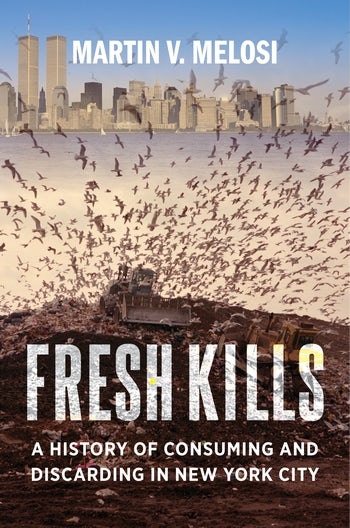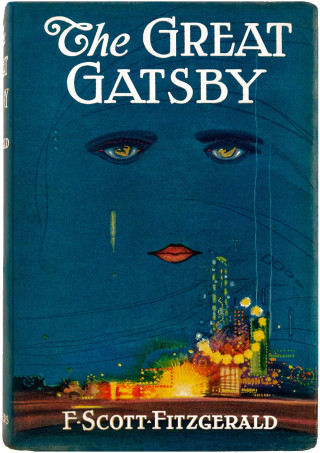Enter Fresh Kills, which consists of a tidal inlet and salt marshes on the western coast of Staten Island. For many mid-century city planners, especially those in New York, any marshland was wasted space. When a landfill was proposed, a supportive Robert Moses argued that it would not only create real estate but eliminate an “unsanitary mosquito breeding swamp” and “provide additions to La Tourette and New Springville . . . Parks.” The dump at Fresh Kills, in Moses’s view, was a humane intervention.
But Moses didn’t see Fresh Kills as a long-term solution. “Fresh Kills’ place in the disposal plans of the city,” Melosi writes, wasn’t originally “defined primarily as a dumpsite but largely in terms of its role as a reclamation project and complement to incineration.” The city was still hanging its hopes on the promise of new, cleaner incineration technology, and Fresh Kills was marketed to Staten Island as a stopgap measure. No one guessed that it would remain open for more than half a century.
Strangely, it was the rise of the environmental movement, in the nineteen-sixties, that helped insure this longevity. The use of plastic, paper, and aluminum was increasing, and the best way to get rid of it seemed to be burying, instead of burning. While Fresh Kills was an environmental disaster, too—it produced methane gas, leaked millions of gallons of leachate into the groundwater, cluttered waterways with split trash, and exuded a miasma of foul odors—the opposition to incineration cemented the landfill’s vital role in the city’s trash system.
Landfilling is cheap, and when a fiscal crisis struck New York in the nineteen-seventies, the city only increased its reliance on Fresh Kills. Locals never wanted the landfill in their backyards, but for the many decades prior to the Verrazano-Narrows Bridge opening, in 1964, the population was small enough for politicians to ignore. In the nineteen-eighties, the population had grown, and anger over inaction began to brew on Staten Island. Locals hated the smell, and potentially infectious medical waste had been found on barges heading for the landfill. Residents felt their health was at stake and agitated throughout the eighties to have the site closed. Reforms were proposed, consent orders were issued, yet little changed. Fresh Kills remained open.

